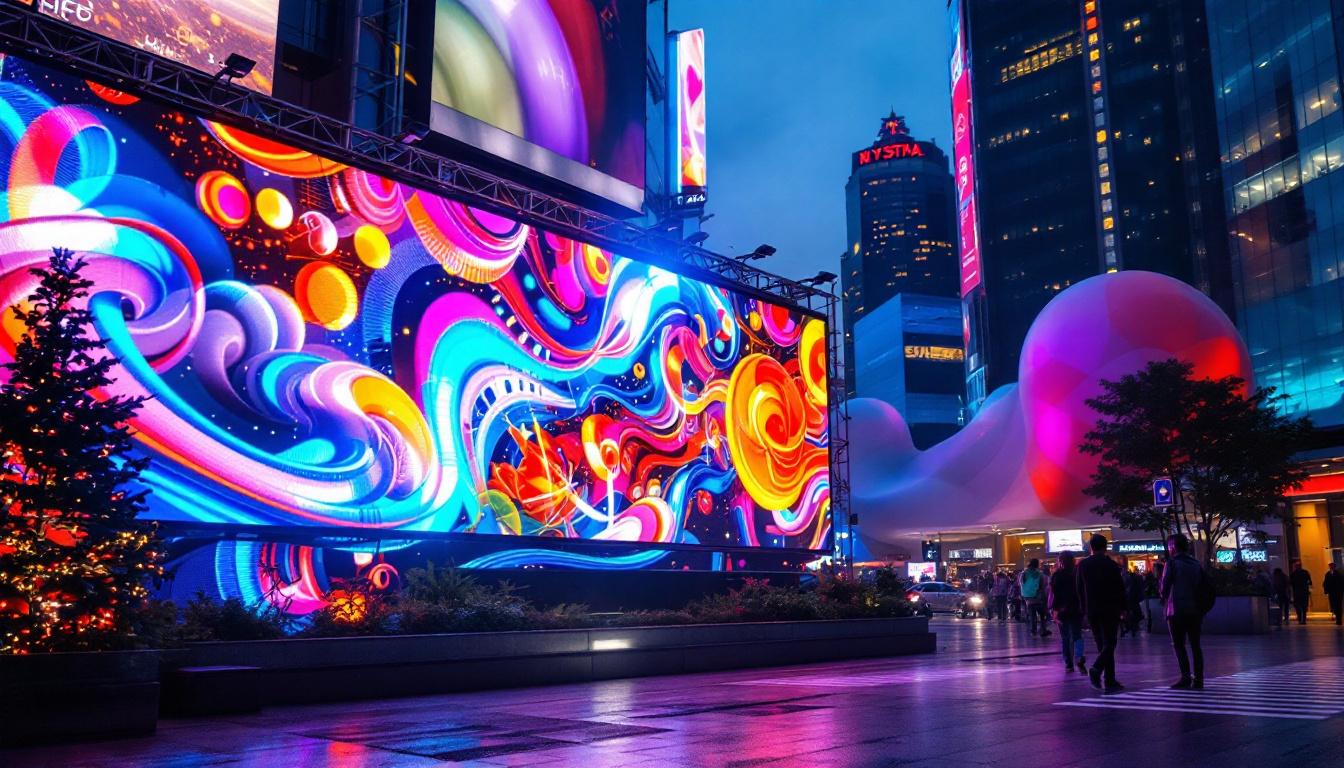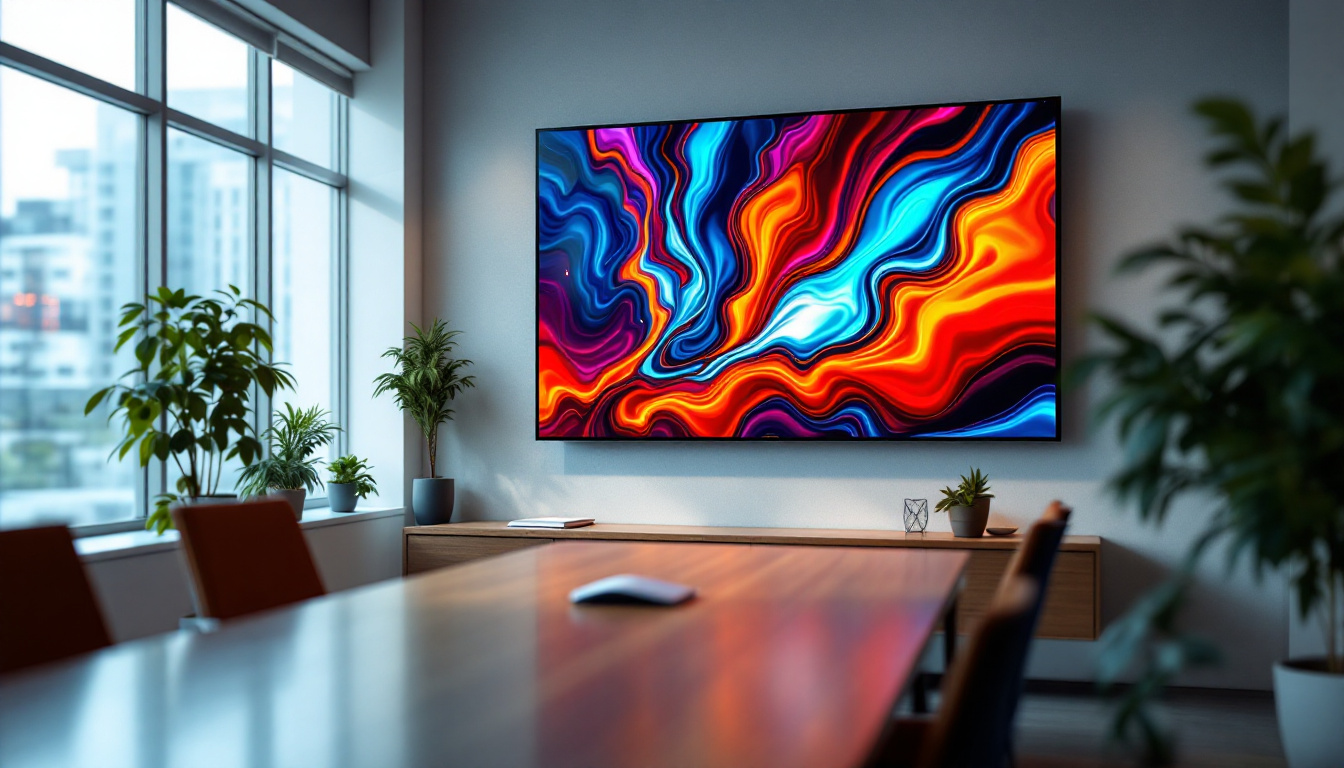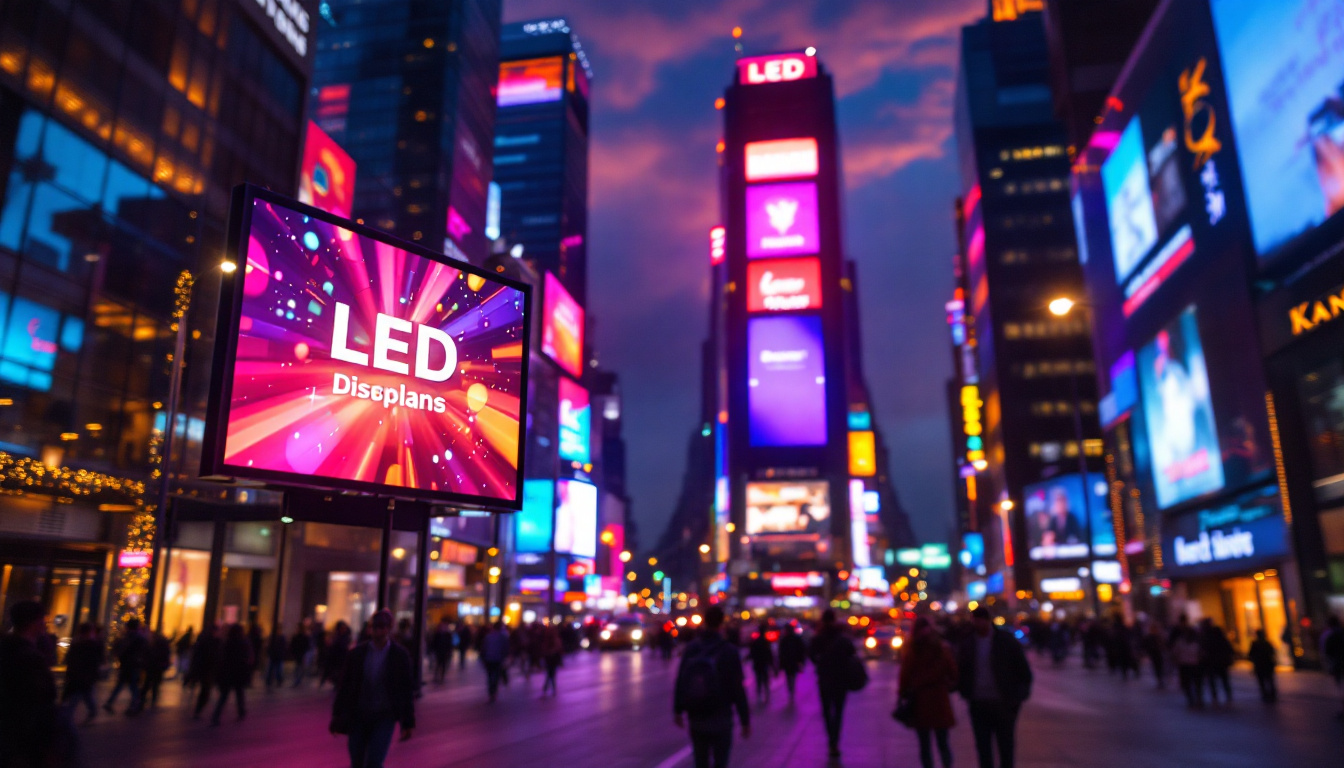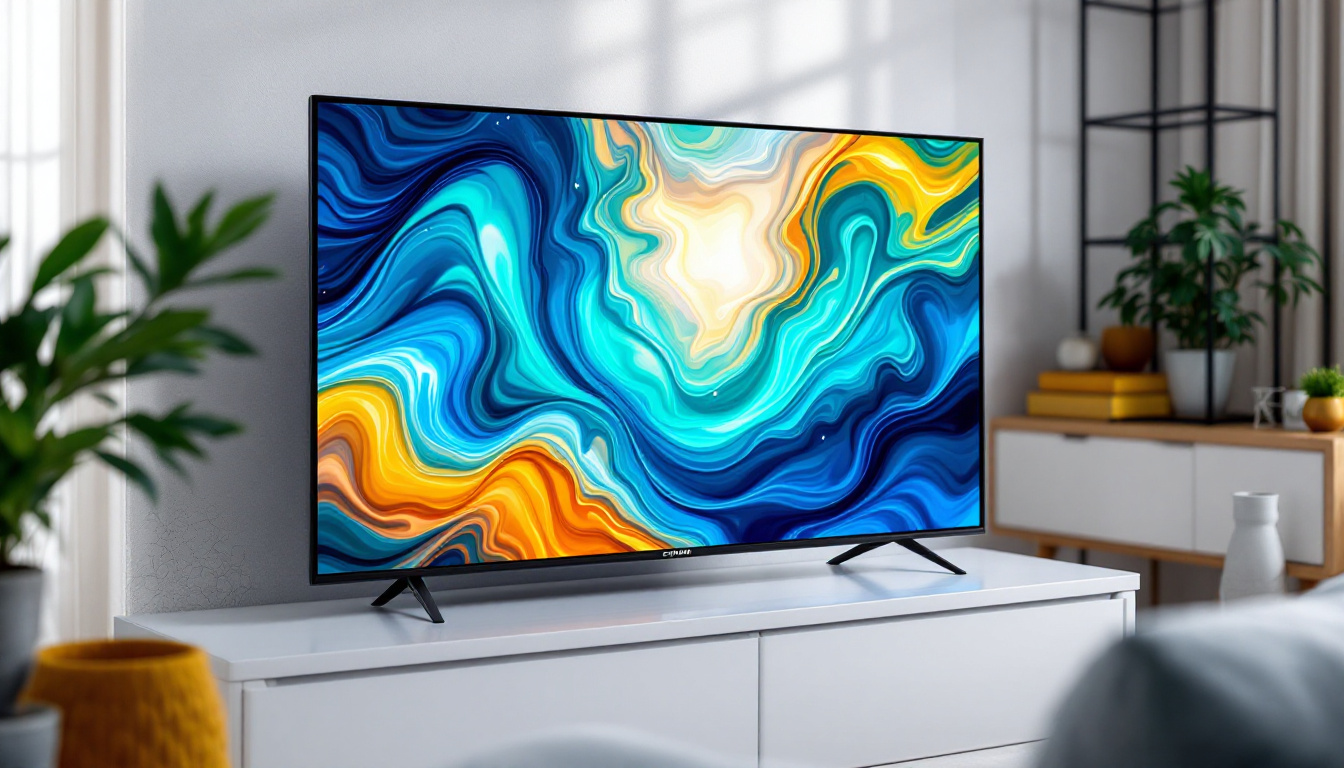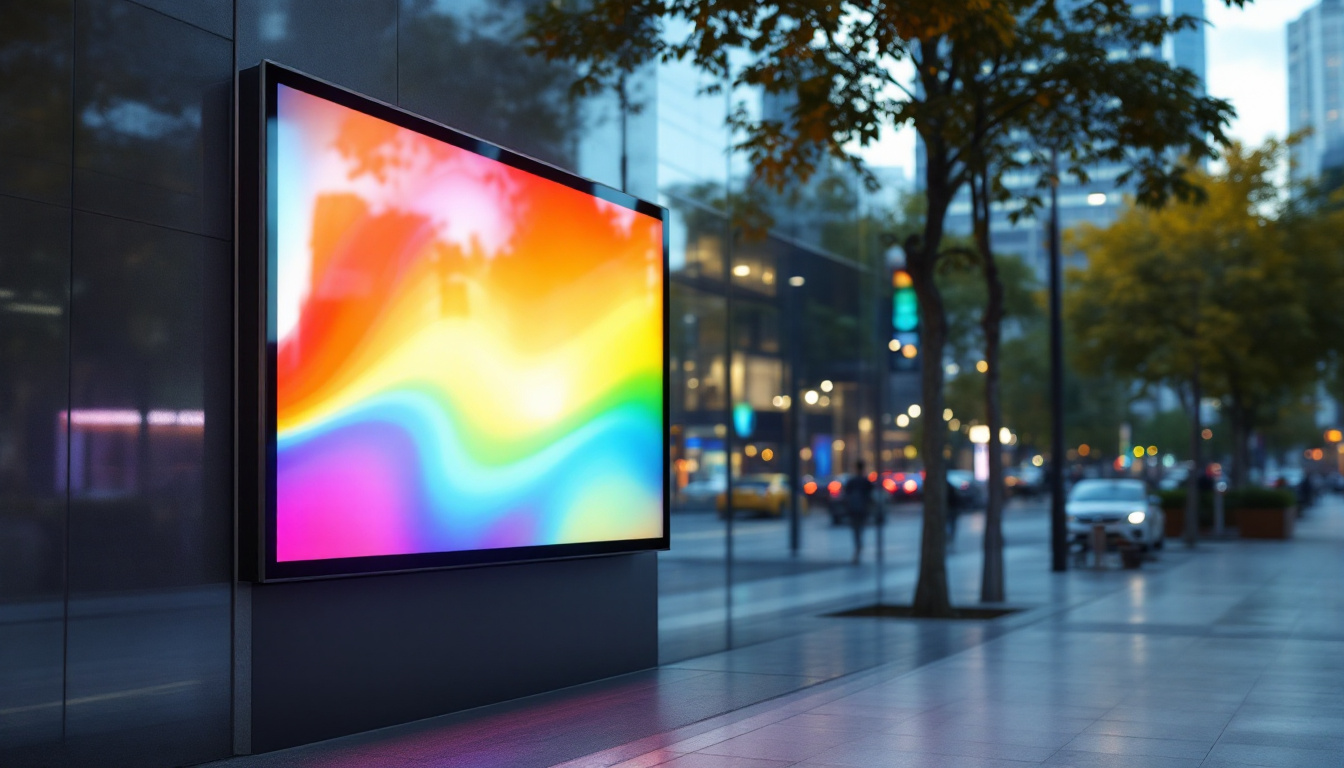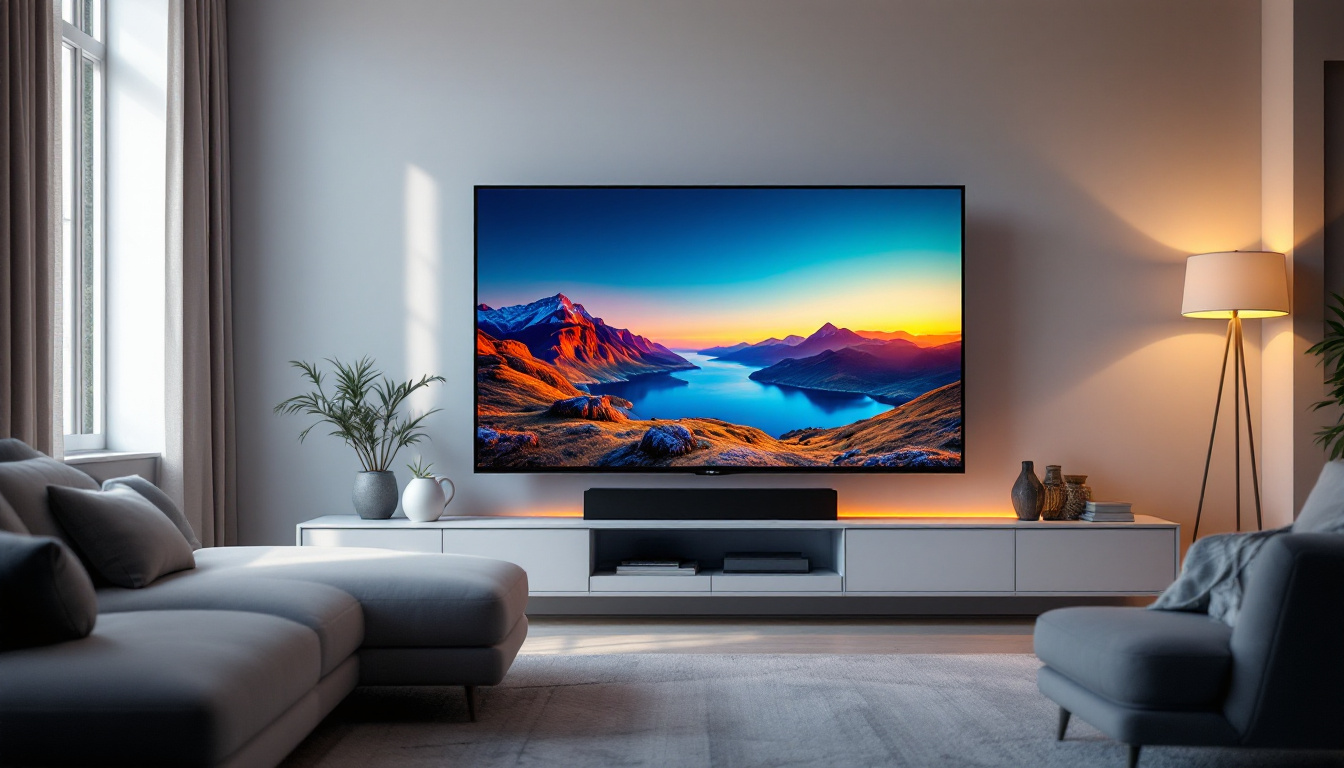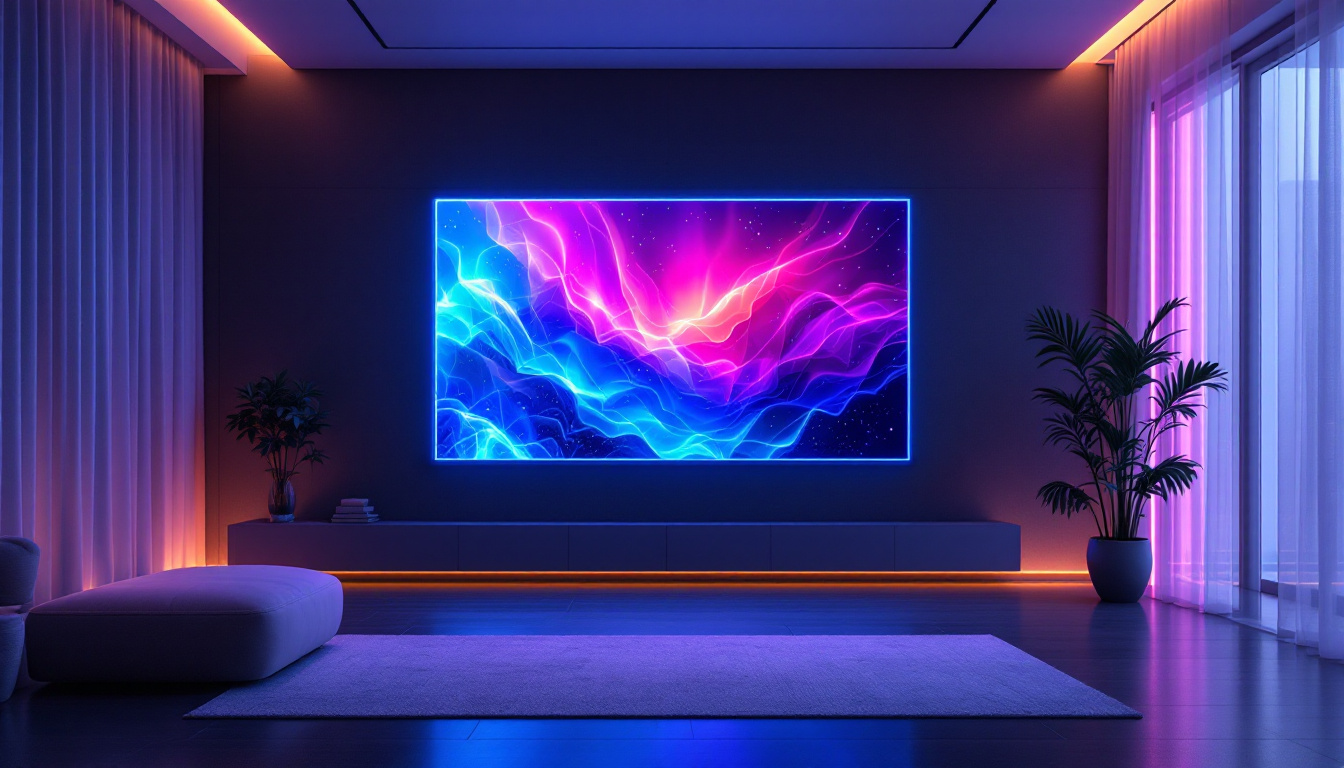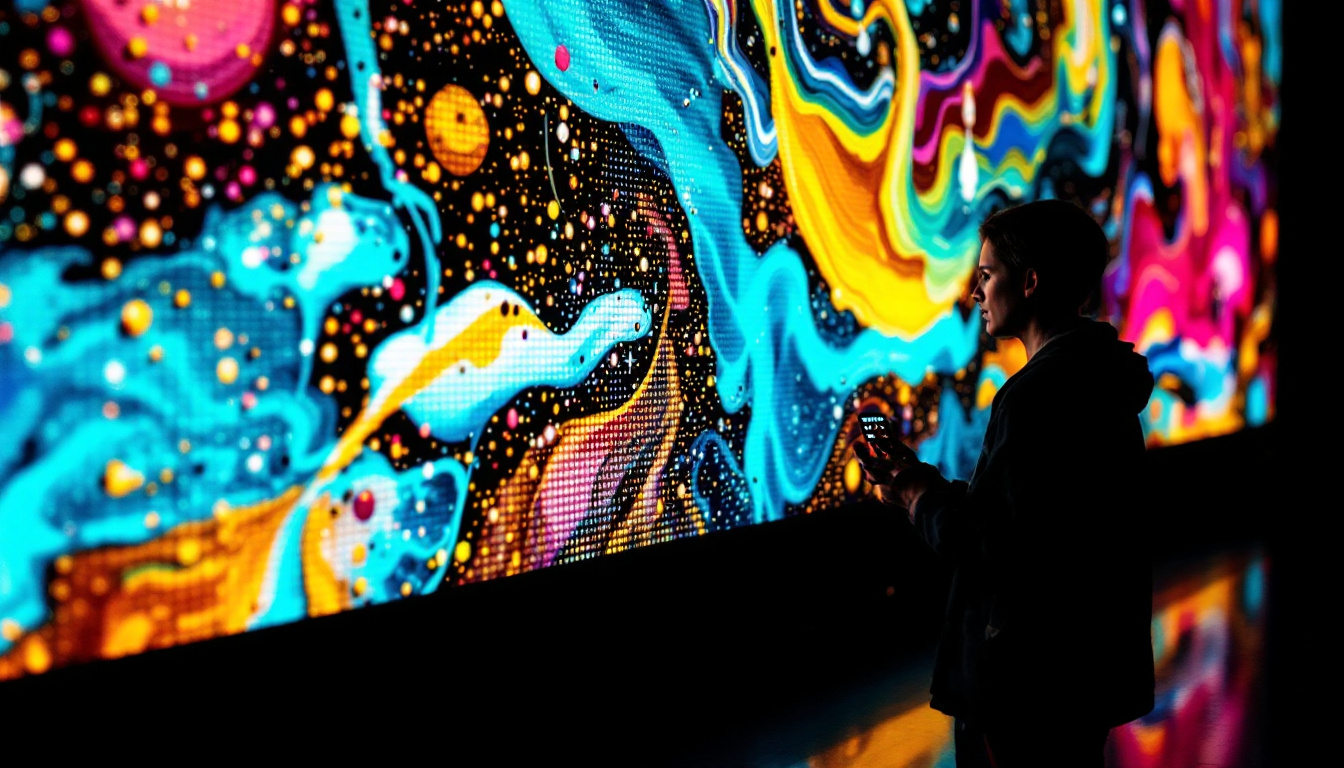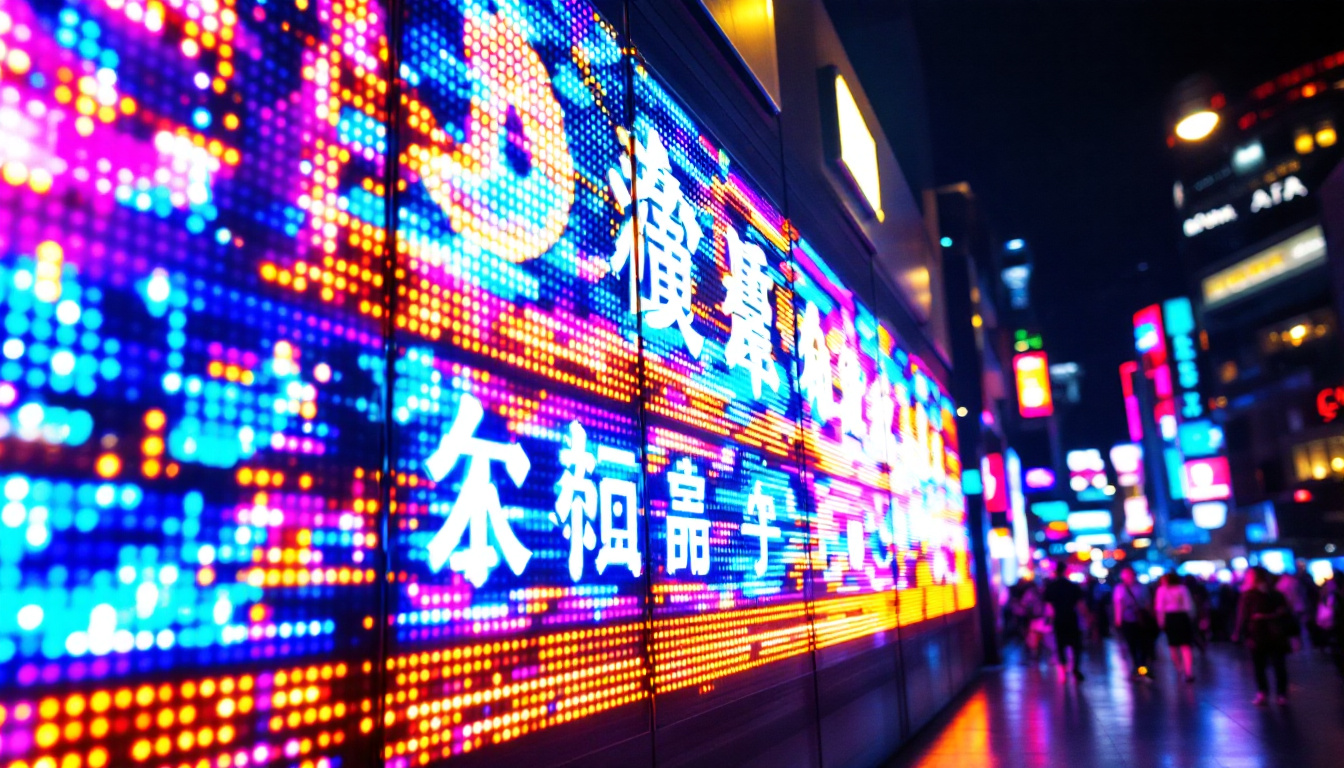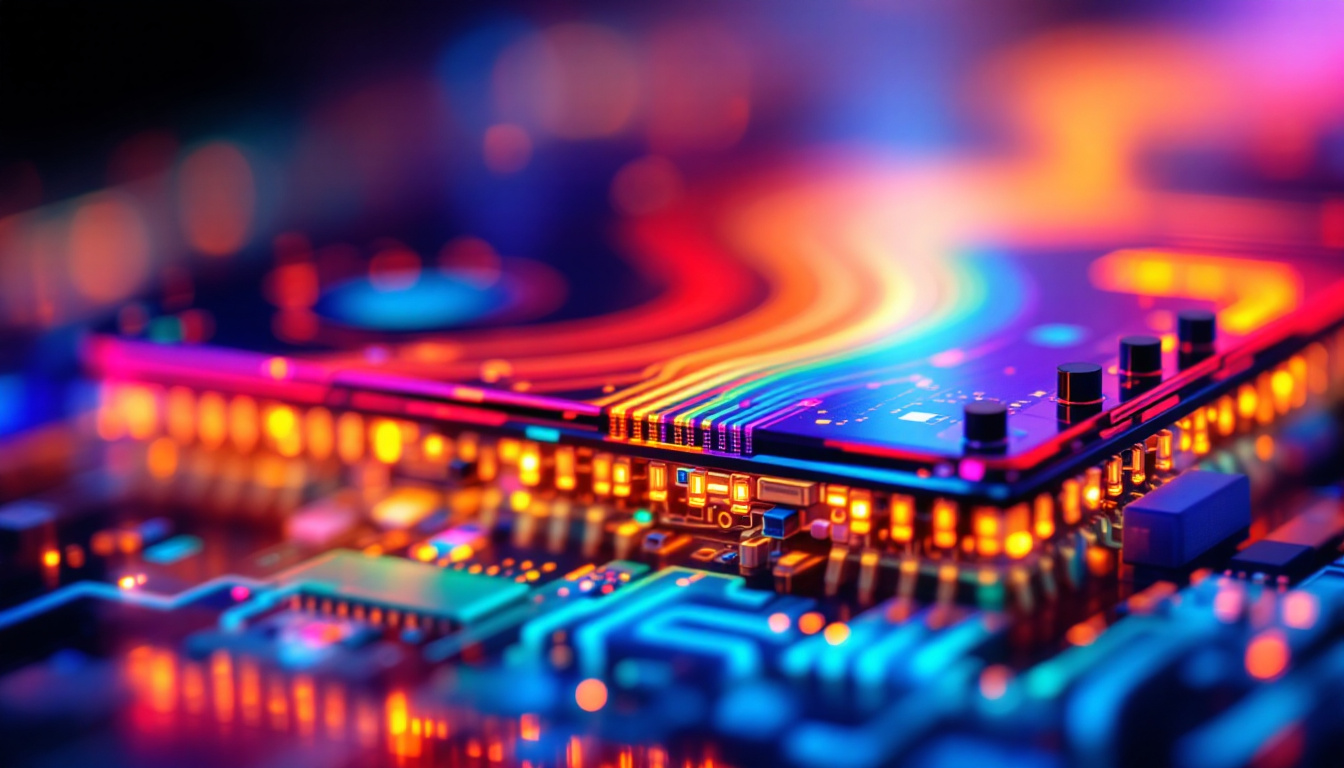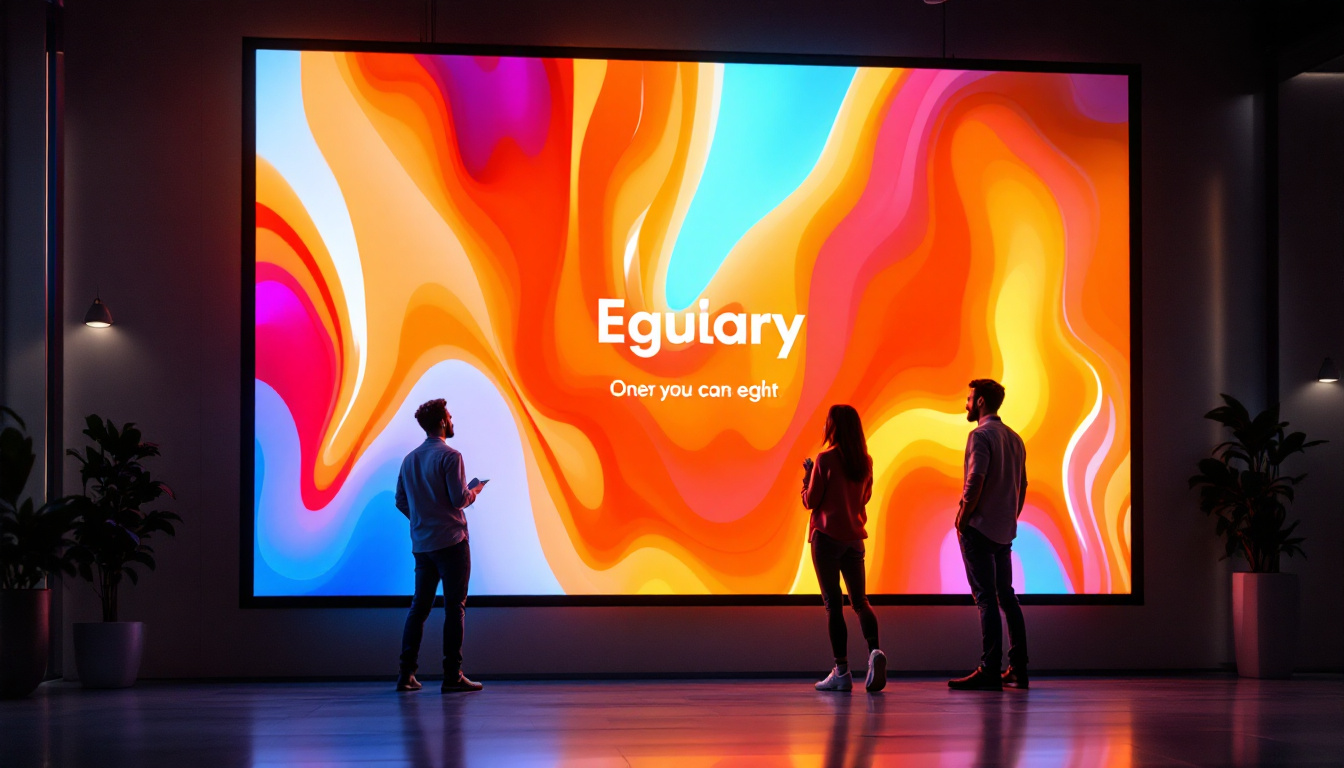What Is SMD LED: LED Display Explained
In the rapidly evolving world of display technology, Surface-Mount Device Light Emitting Diodes (SMD LEDs) have become a cornerstone for modern LED displays. From vibrant digital billboards to ultra-clear indoor screens, SMD LED technology drives the visual experiences that captivate audiences worldwide. This article delves into what SMD LEDs are, how they function, and why they have become the preferred choice for LED displays across various industries.
Understanding SMD LED Technology
What Does SMD LED Mean?
SMD stands for Surface-Mount Device, a type of LED that is mounted directly onto the surface of a printed circuit board (PCB). Unlike traditional through-hole LEDs, which have leads that pass through the board, SMD LEDs are compact, flat, and designed for automated assembly processes. This design innovation allows for higher density of LEDs on a single panel, resulting in brighter and more detailed displays.
The term “SMD LED” is often used interchangeably with “SMD display,” referring to LED screens that utilize this technology. These displays are composed of thousands to millions of tiny SMD LEDs working in unison to produce vivid images and videos. The compact nature of SMD LEDs not only saves space but also contributes to a lighter overall device, making them ideal for modern applications where portability is key, such as smartphones, tablets, and lightweight televisions.
How Do SMD LEDs Work?
At the core, an SMD LED operates by emitting light when an electrical current passes through a semiconductor material. The semiconductor is encapsulated within a small package that is soldered directly onto the PCB. Each SMD LED typically contains three tiny diodes emitting red, green, and blue light, which combine to create a full spectrum of colors.
By varying the intensity of each diode, SMD LEDs can produce millions of colors, enabling displays to render high-resolution images with excellent color accuracy. This tri-color configuration is a key factor in the superior visual performance of SMD LED displays compared to older LED types. Furthermore, SMD technology allows for better heat dissipation, which enhances the longevity and reliability of the LEDs. This is particularly important in high-performance applications such as large outdoor displays or stage lighting, where heat buildup can significantly affect performance and lifespan.
Additionally, SMD LEDs are highly versatile and can be found in a variety of applications beyond just screens. They are used in decorative lighting, automotive lighting, and even in architectural installations, showcasing their adaptability to different environments and design needs. The ability to create flexible LED strips using SMD technology has opened new avenues for creative lighting solutions, allowing designers to incorporate dynamic lighting effects into their projects seamlessly.
Advantages of SMD LED Displays
High Pixel Density and Resolution
SMD LEDs allow for a much higher pixel density compared to traditional LED technologies. Because the LEDs are smaller and mounted closely together, SMD displays can achieve finer pitch sizes—sometimes as small as 0.8mm or less. This means more pixels per square inch, resulting in sharper images and smoother video playback.
For indoor applications like conference rooms, retail environments, or control centers, this high resolution is critical. It ensures that viewers can see clear, detailed content even at close viewing distances.
Wide Viewing Angles and Color Uniformity
One of the standout features of SMD LED displays is their wide viewing angle, often up to 160 degrees horizontally and vertically. This means that the image remains consistent and vibrant even when viewed from off-center positions. This characteristic is essential for public displays where audiences may be spread across a wide area.
Additionally, SMD LEDs provide excellent color uniformity. Because the red, green, and blue diodes are housed within the same package, the colors blend seamlessly, avoiding the color fringing or misalignment issues sometimes seen in older LED technologies.
Energy Efficiency and Longevity
SMD LEDs are known for their energy efficiency. They consume less power while delivering higher brightness levels compared to traditional LEDs. This efficiency translates to lower operating costs, which is a significant consideration for large-scale installations such as stadium screens or outdoor advertising panels.
Moreover, SMD LEDs boast long lifespans, often exceeding 100,000 hours of operation. This durability reduces maintenance frequency and costs, making them a reliable choice for businesses and organizations seeking long-term display solutions.
Applications of SMD LED Displays
Indoor Displays: Retail, Corporate, and Entertainment
SMD LED displays have become the go-to technology for indoor digital signage due to their high resolution and color quality. Retail stores use these displays to create dynamic advertising that attracts customers and enhances brand engagement. In corporate environments, SMD LED walls serve as impressive backdrops for presentations and video conferencing, delivering clear visuals that improve communication.
The entertainment industry also benefits from SMD LED technology. Concerts, theaters, and event venues utilize large SMD LED screens to provide immersive experiences, displaying live video feeds, animations, and special effects with stunning clarity.
Outdoor Displays: Advertising and Public Information
Outdoor LED displays must withstand harsh weather conditions while maintaining brightness and visibility in direct sunlight. SMD LED technology meets these demands effectively. Outdoor billboards, transit station screens, and sports arenas often employ SMD LED panels designed with weatherproofing and high brightness levels exceeding 5,000 nits.
These displays are instrumental in delivering real-time information such as news, weather updates, and emergency alerts, in addition to commercial advertising. Their ability to attract attention even in bright daylight makes them invaluable tools for communication in public spaces.
Specialized Uses: Medical, Transportation, and Control Rooms
Beyond advertising and entertainment, SMD LED displays find specialized applications. In medical settings, high-resolution SMD LED screens assist in diagnostics and surgical procedures by providing clear, detailed imaging. Transportation hubs like airports and train stations use these displays for schedule updates and passenger information.
Control rooms across industries—from utilities to security—rely on SMD LED video walls for monitoring and data visualization. The clarity and reliability of these displays support critical decision-making processes.
Comparing SMD LED to Other LED Technologies
Traditional Through-Hole LEDs vs. SMD LEDs
Traditional through-hole LEDs are larger and mounted by inserting leads into holes on the PCB. While they were once standard in LED displays, they have several limitations compared to SMD LEDs. Through-hole LEDs generally have lower pixel density, limited color blending capabilities, and narrower viewing angles.
SMD LEDs, by contrast, enable more compact, lightweight, and higher-resolution displays. Their surface-mount design facilitates automated manufacturing, improving production efficiency and consistency.
COB (Chip-on-Board) LEDs vs. SMD LEDs
Chip-on-Board (COB) LED technology involves mounting multiple LED chips directly onto a substrate to form a single module. COB LEDs offer excellent brightness and thermal management, making them suitable for high-power applications like floodlights.
However, for display purposes, SMD LEDs generally provide better color accuracy and pixel control. SMD displays can achieve finer pixel pitches and more precise color mixing, which is essential for high-quality video content.
MicroLED and MiniLED: Emerging Competitors
MicroLED and MiniLED technologies represent the next generation of LED displays. MicroLEDs are even smaller than SMD LEDs, offering exceptional brightness, contrast, and energy efficiency. MiniLEDs use smaller LEDs as backlighting for LCD panels, improving contrast ratios and HDR performance.
Despite their advantages, MicroLED and MiniLED displays are currently more expensive and less widely available than SMD LED displays. For most commercial and industrial applications, SMD LED remains the most practical and cost-effective solution.
Key Considerations When Choosing SMD LED Displays
Pixel Pitch and Viewing Distance
Pixel pitch—the distance between the centers of two adjacent pixels—is a critical factor in selecting an SMD LED display. Smaller pixel pitches deliver higher resolution and are ideal for close viewing distances, such as indoor environments. Larger pixel pitches are suitable for outdoor or large venue displays where viewers are farther away.
Understanding the intended viewing distance helps determine the optimal pixel pitch to balance image clarity and cost.
Brightness and Environmental Conditions
Brightness requirements vary significantly depending on whether the display is used indoors or outdoors. Outdoor displays need to be much brighter to remain visible in sunlight, often exceeding 5,000 nits. Indoor displays typically require lower brightness levels, around 800 to 1,200 nits, to avoid eye strain and reduce power consumption.
Environmental factors such as humidity, temperature fluctuations, and exposure to dust also influence the choice of SMD LED panels. High-quality displays come with appropriate IP ratings for protection against these elements.
Maintenance and Serviceability
Ease of maintenance is an important consideration, especially for large-scale installations. Modular SMD LED panels that allow for quick replacement of faulty modules minimize downtime and service costs. Additionally, some manufacturers offer front-serviceable designs, enabling maintenance without dismantling the entire display.
Choosing a reputable supplier with strong technical support ensures long-term reliability and efficient troubleshooting.
The Future of SMD LED Displays
Technological Innovations and Trends
SMD LED technology continues to evolve with advancements in chip design, packaging, and manufacturing processes. Innovations such as flexible SMD LED panels are enabling curved and irregular-shaped displays, expanding creative possibilities for architects and designers.
Integration with smart technologies, including IoT connectivity and AI-driven content management, is enhancing the functionality and interactivity of LED displays. These developments promise more personalized and dynamic visual experiences.
Growing Market and Industry Adoption
The global LED display market is projected to grow significantly, driven by increasing demand in advertising, entertainment, and public infrastructure. According to recent industry reports, the market is expected to reach over $30 billion by 2027, with SMD LED technology accounting for a substantial share.
As costs continue to decrease and performance improves, SMD LED displays will become even more accessible to small and medium-sized enterprises, further broadening their applications.
Conclusion
SMD LED technology represents a major leap forward in display solutions, combining high resolution, vibrant color reproduction, energy efficiency, and durability. Its versatility makes it suitable for a wide range of indoor and outdoor applications, from advertising and entertainment to critical infrastructure and specialized industries.
Understanding the fundamentals of SMD LEDs, their advantages, and key considerations can help businesses and organizations make informed decisions when selecting display technologies. As the technology advances and market adoption grows, SMD LED displays will continue to shape the future of visual communication.
Discover Cutting-Edge SMD LED Displays with LumenMatrix
Ready to elevate your visual communication with the latest in SMD LED technology? LumenMatrix is at the forefront of LED display innovation, offering a wide array of solutions tailored to meet your needs. From Indoor and Outdoor LED Wall Displays to specialized options like Vehicle, Sports, and Floor LED Displays, our products are designed to captivate and engage your audience. Experience the transformative power of our Custom, All-in-One, and LED Transparent Displays. Check out LumenMatrix LED Display Solutions today and see how we can help you make a lasting impression.

